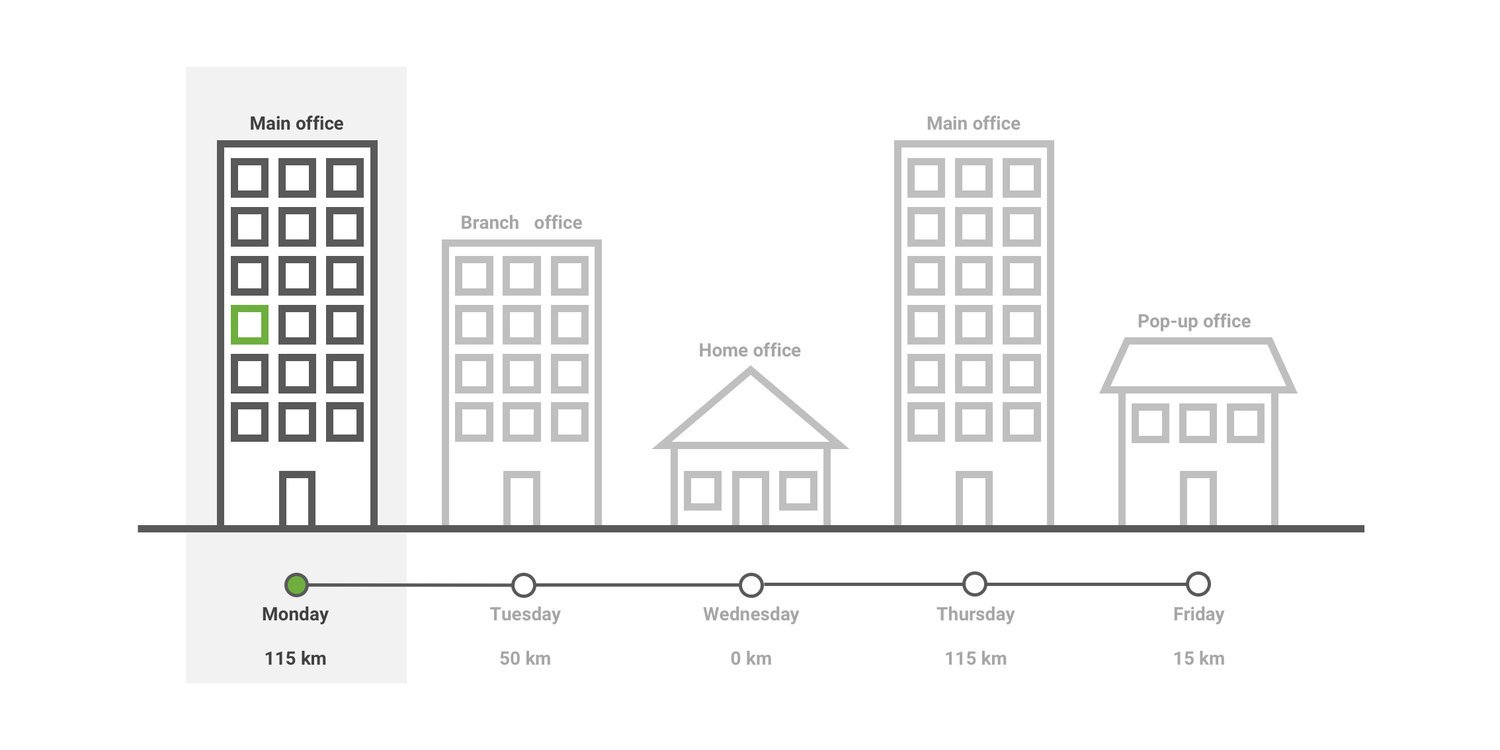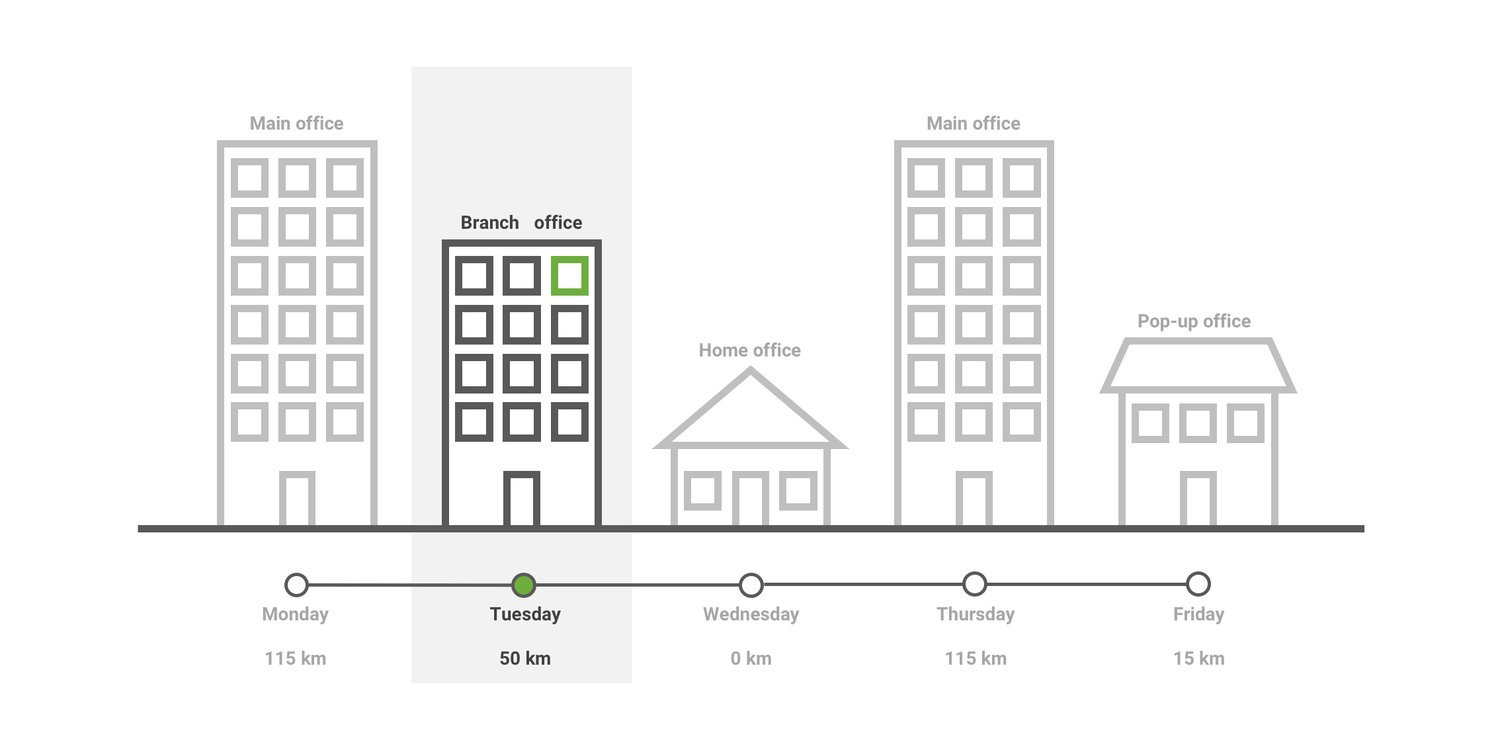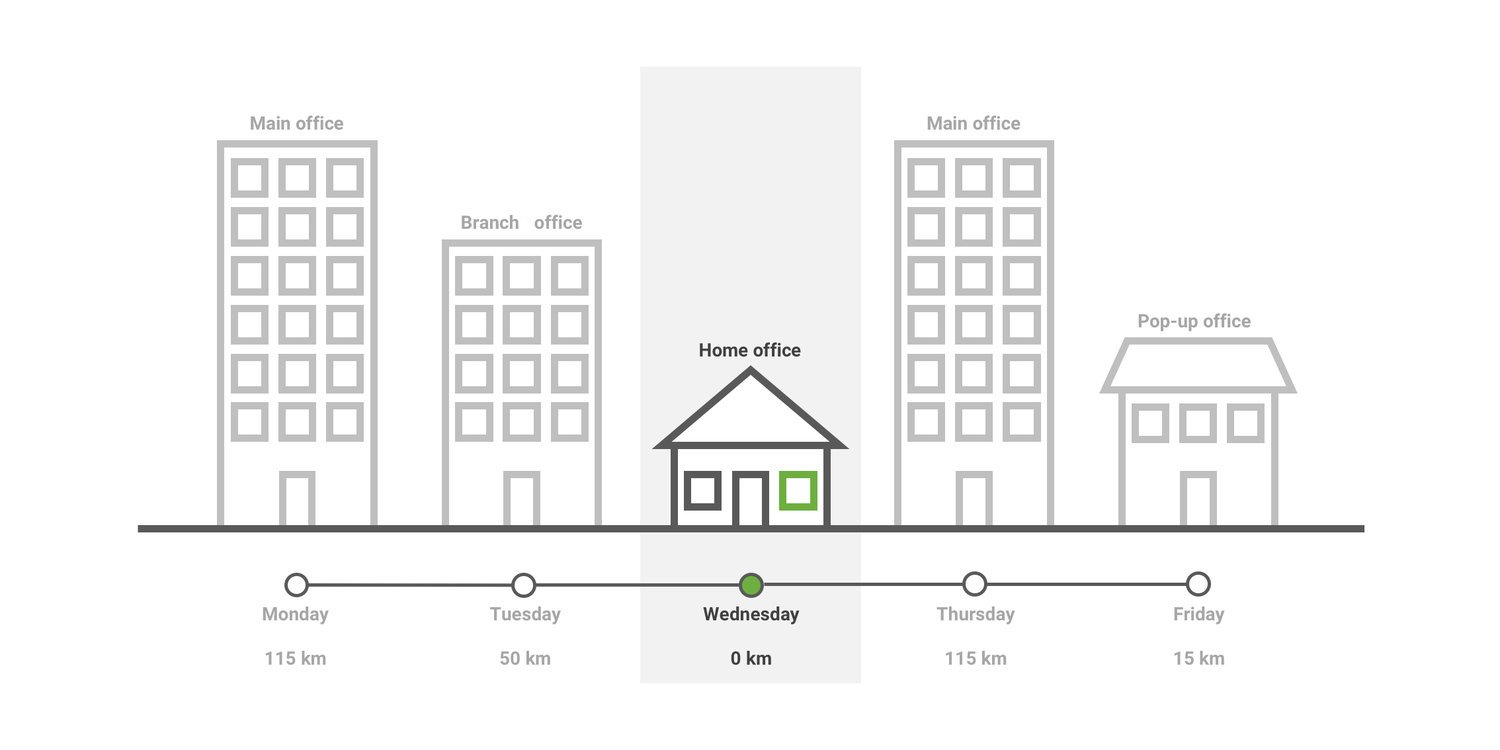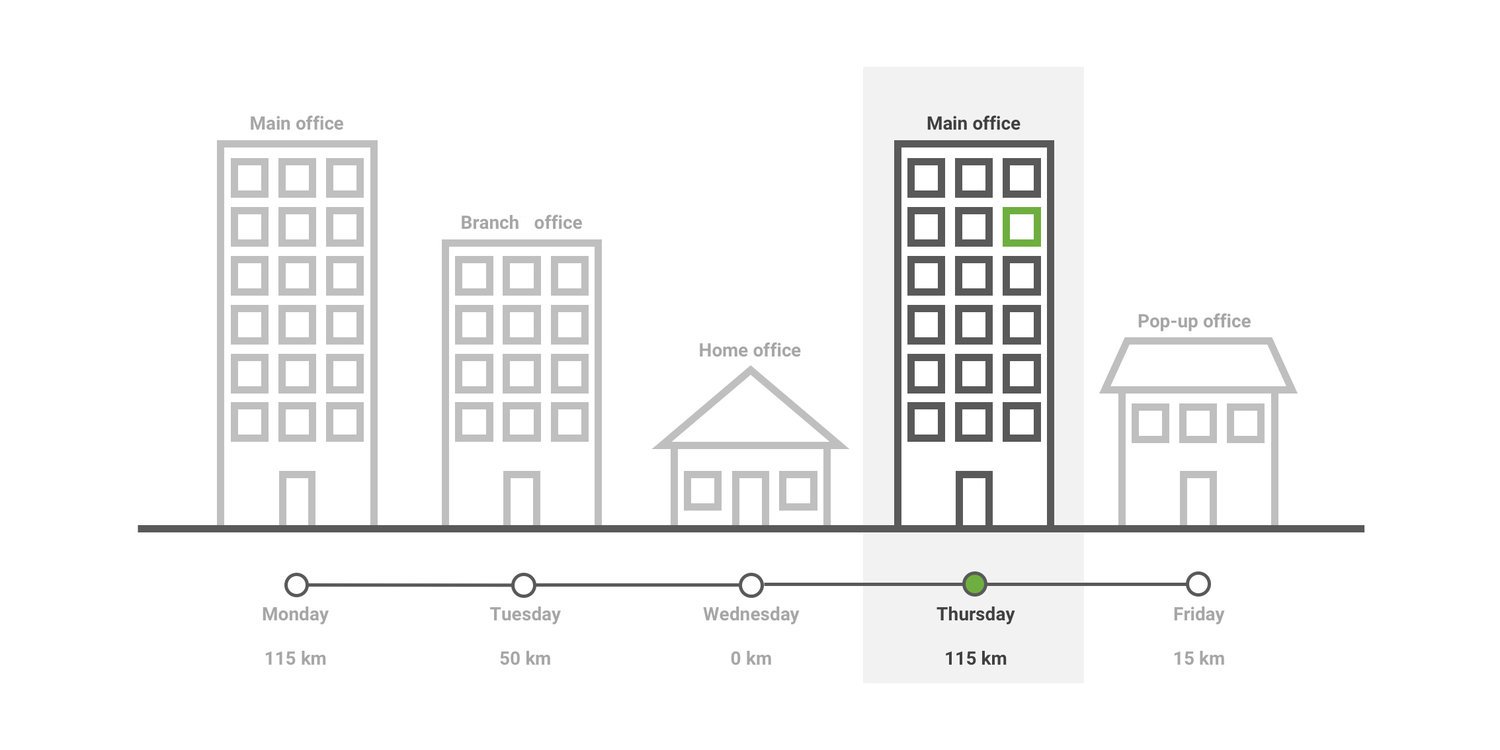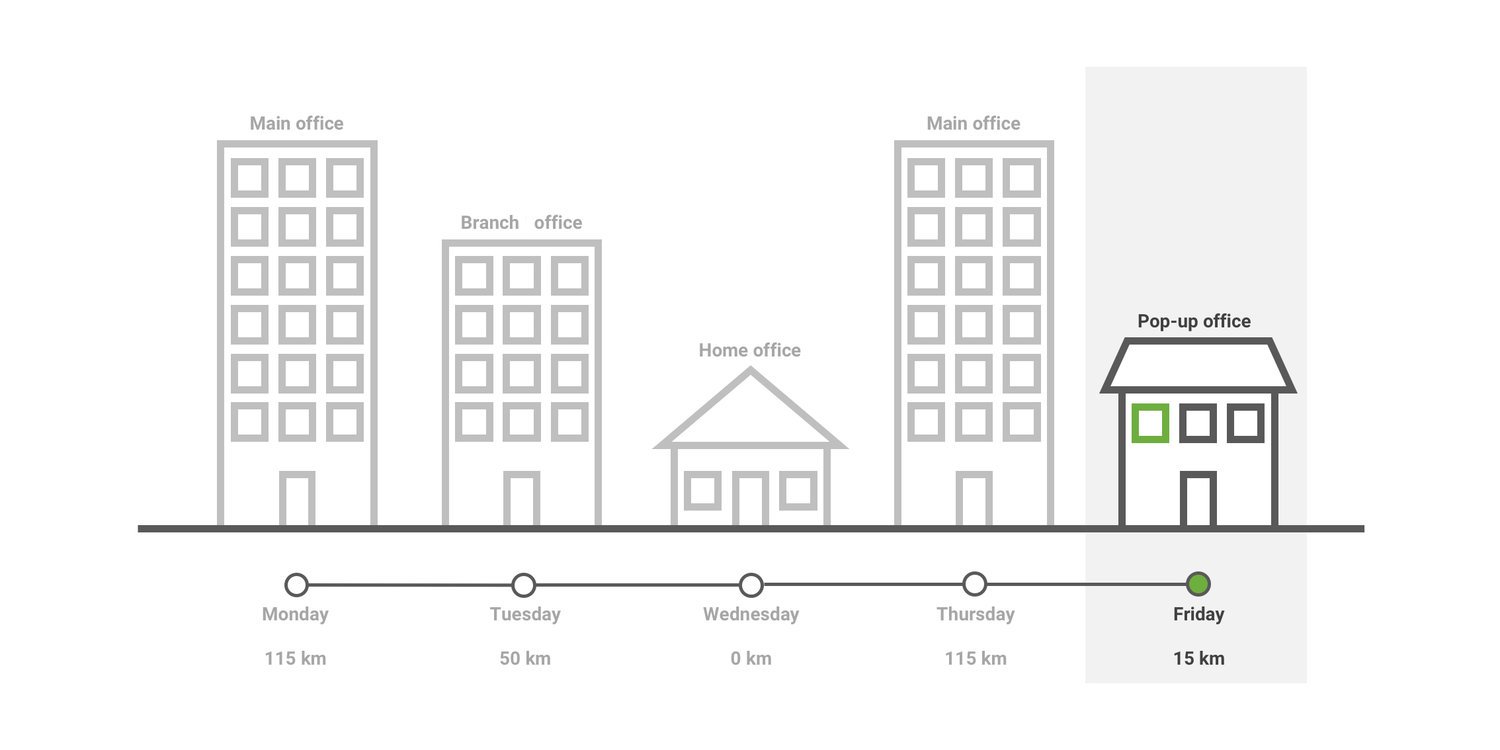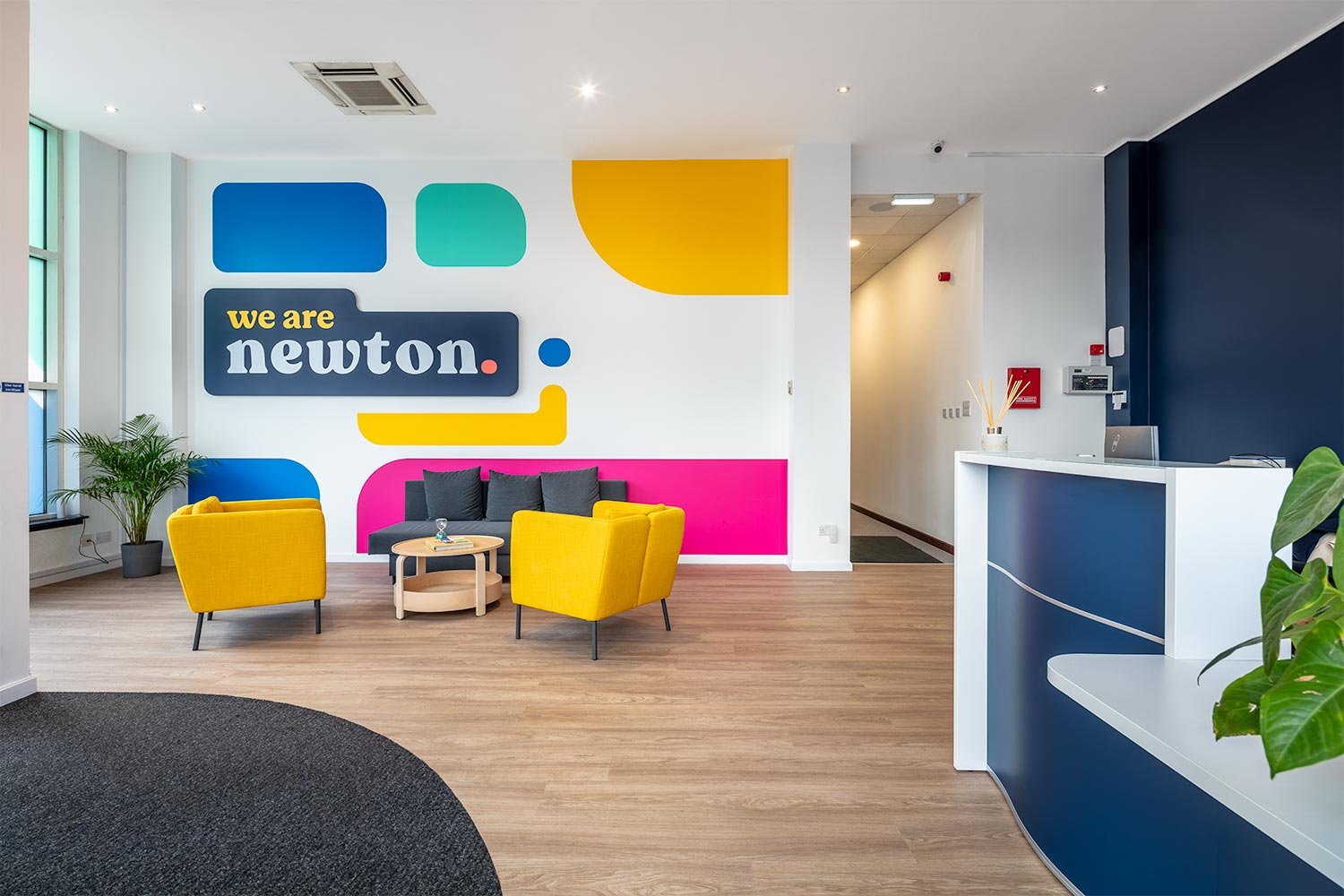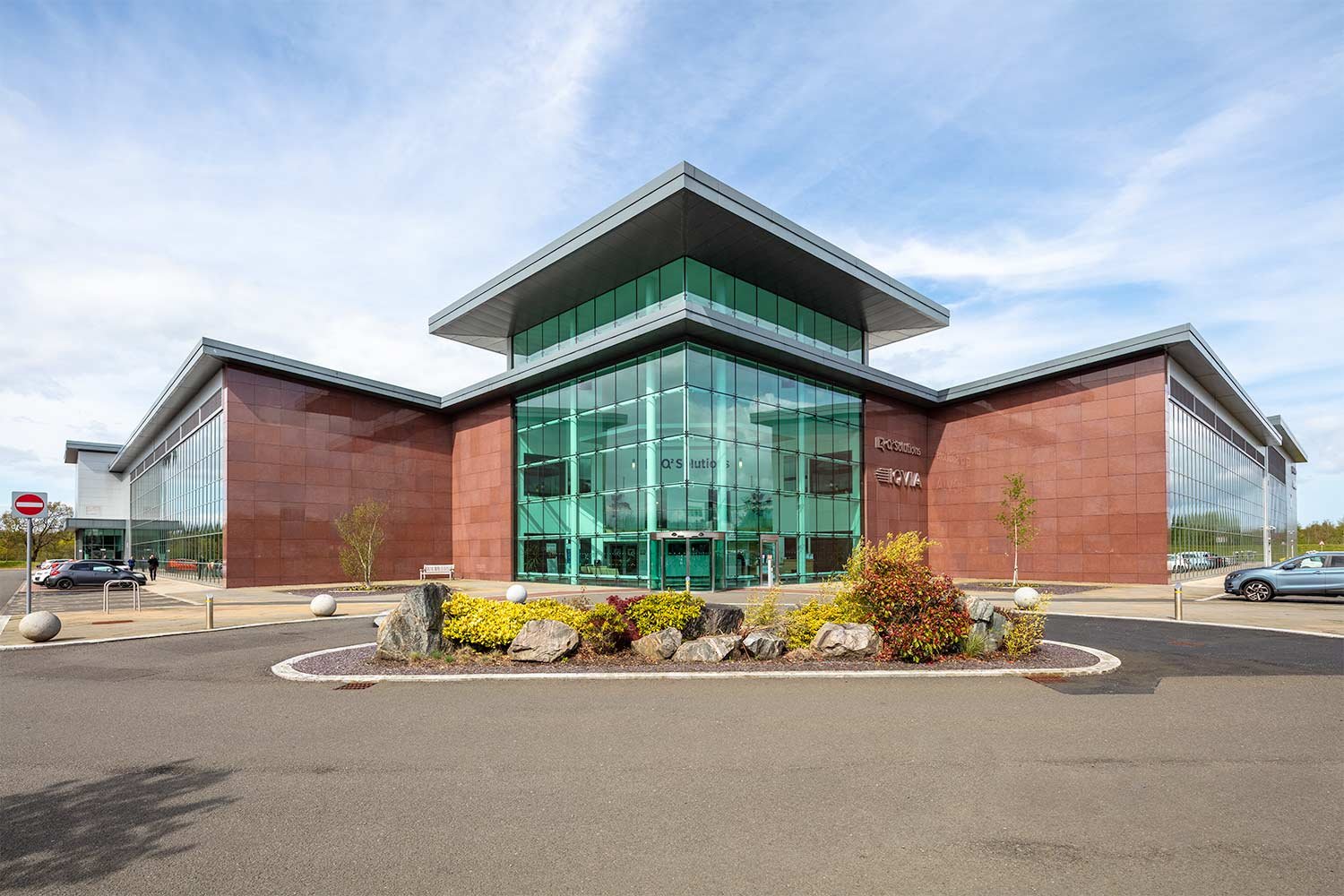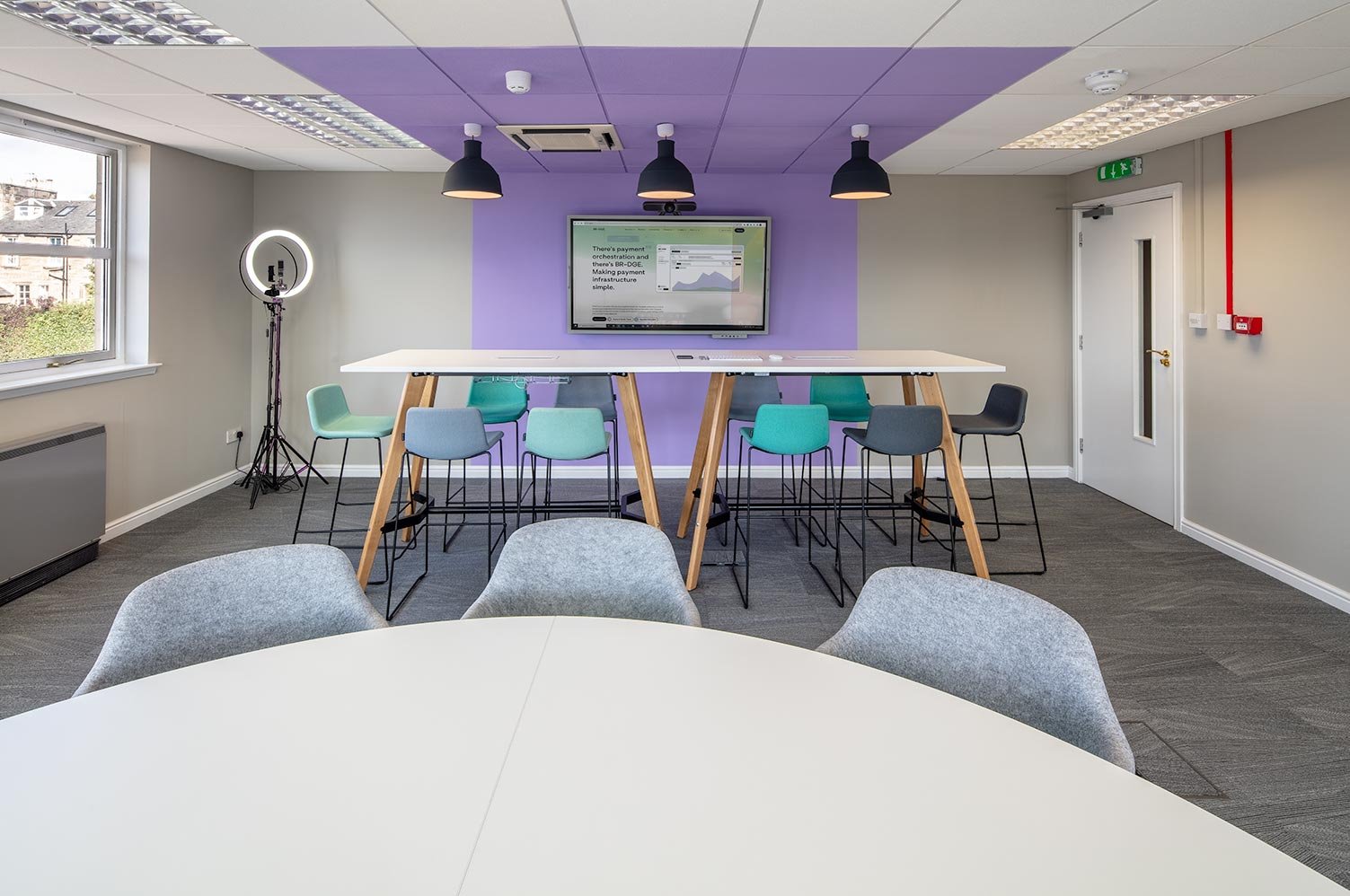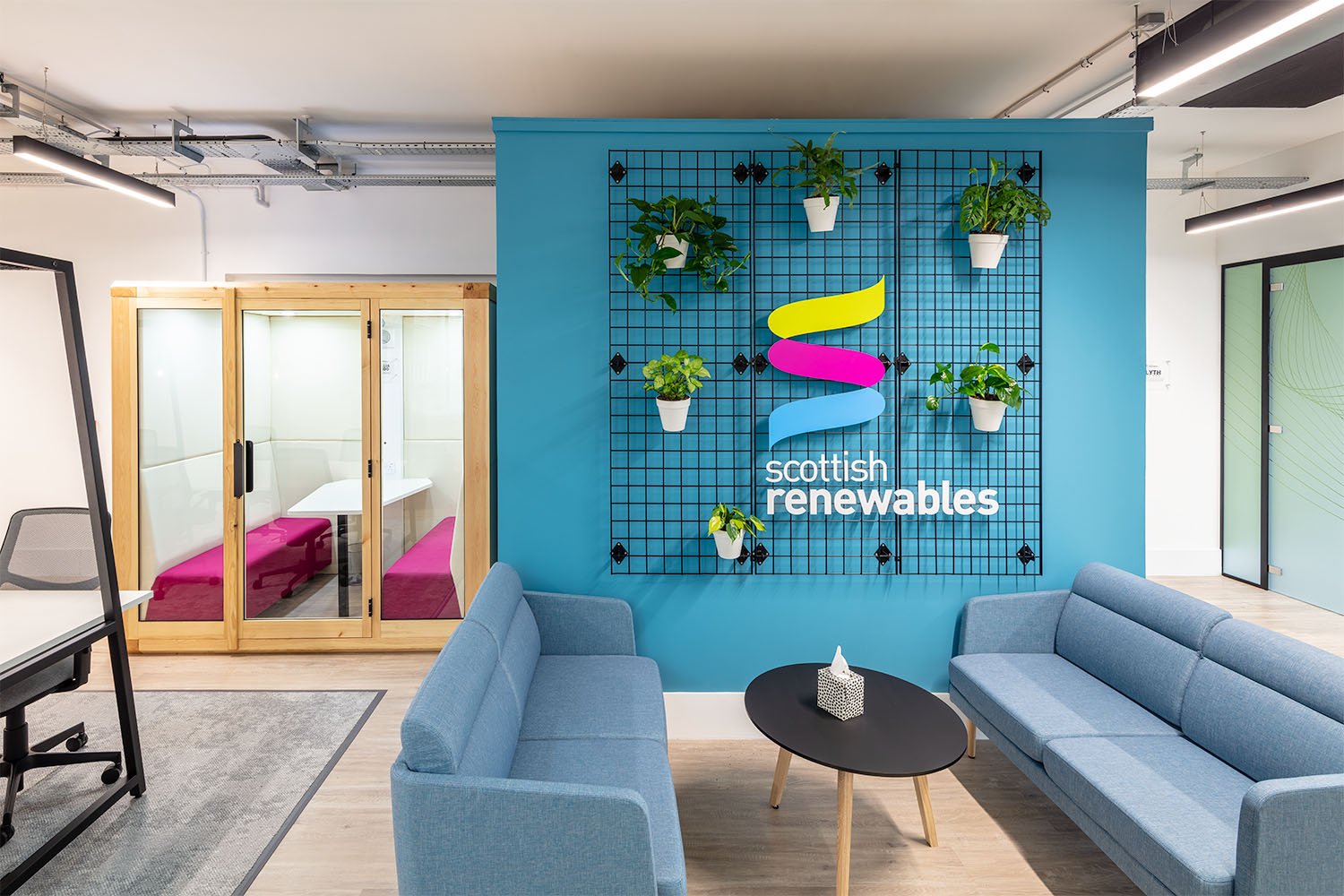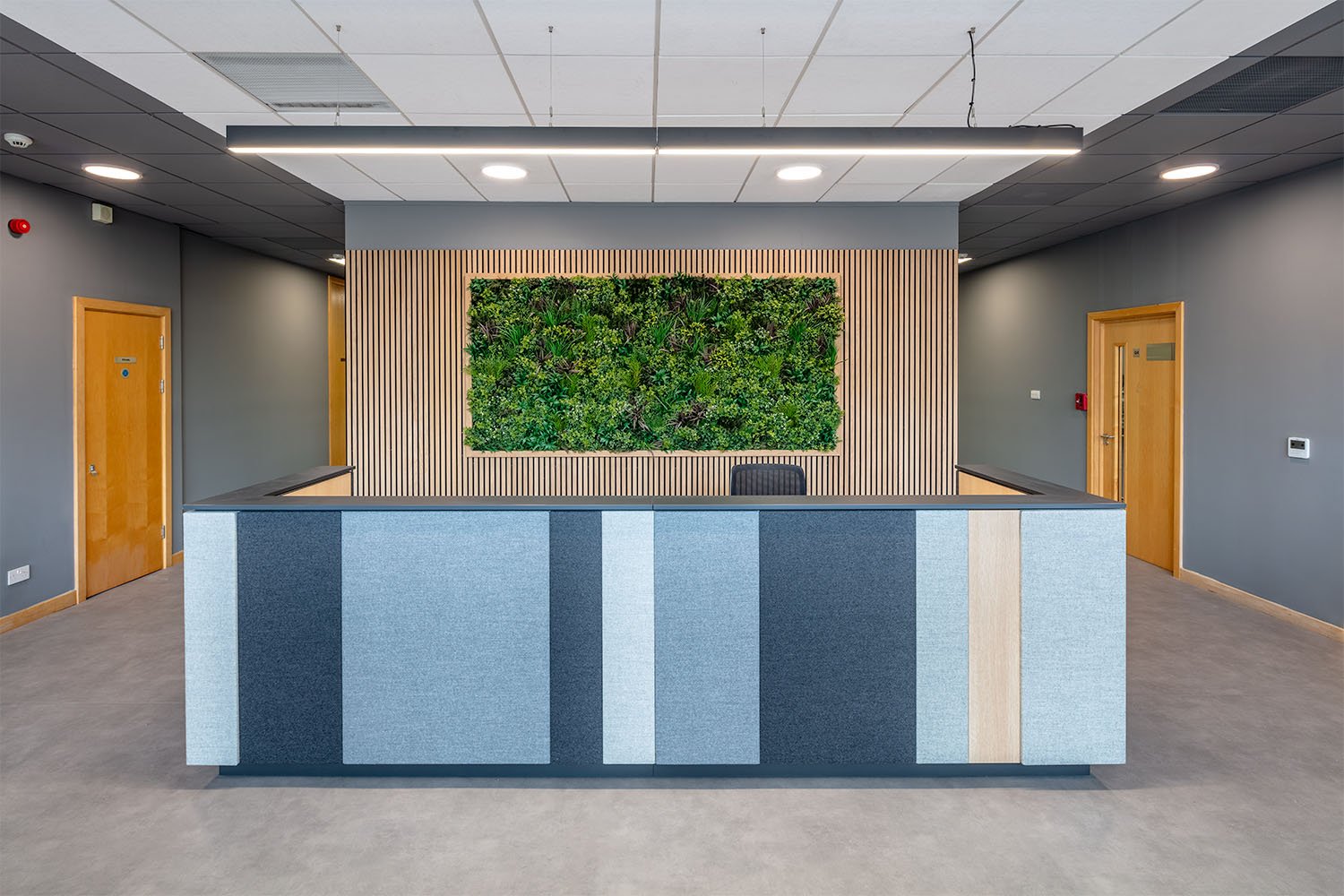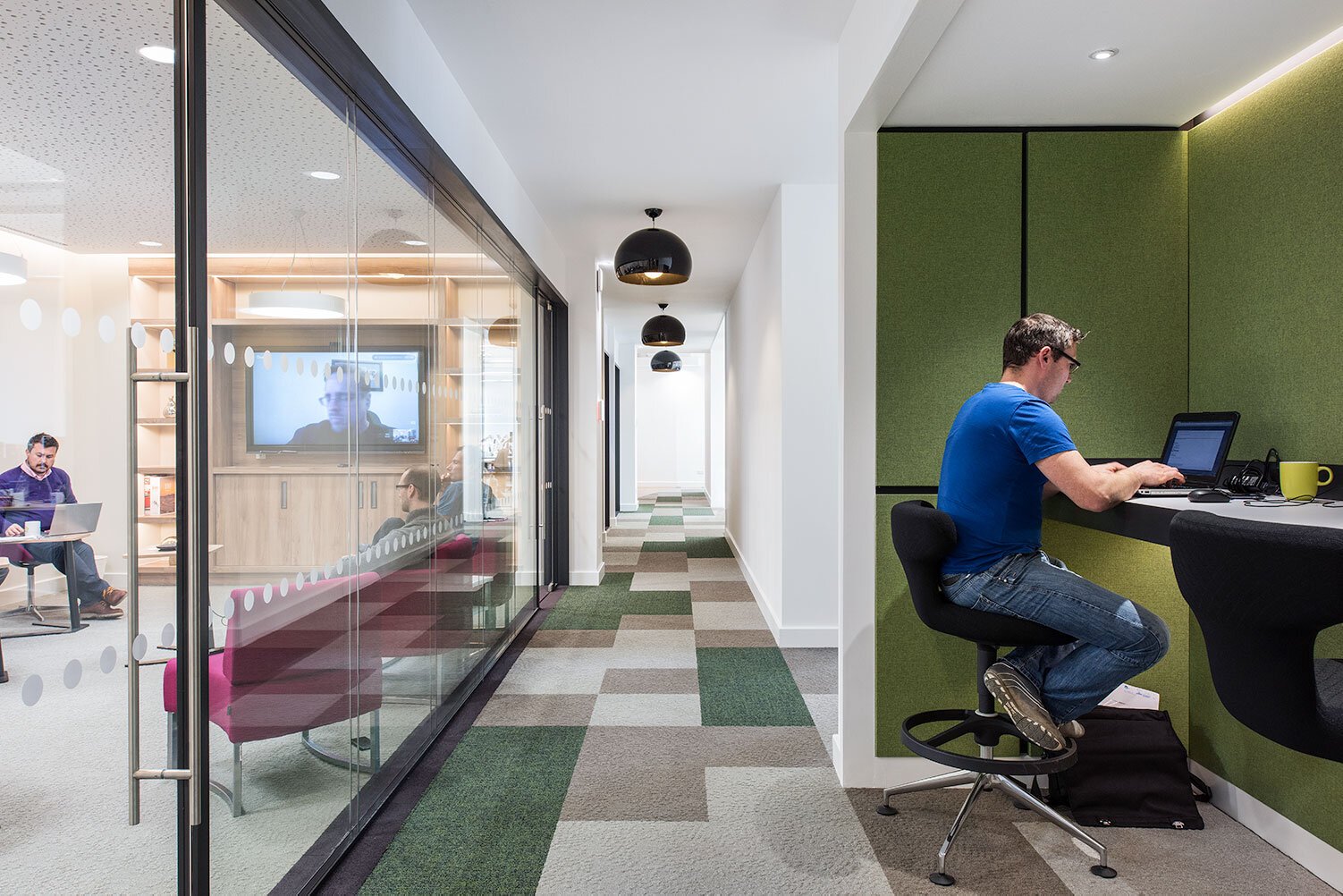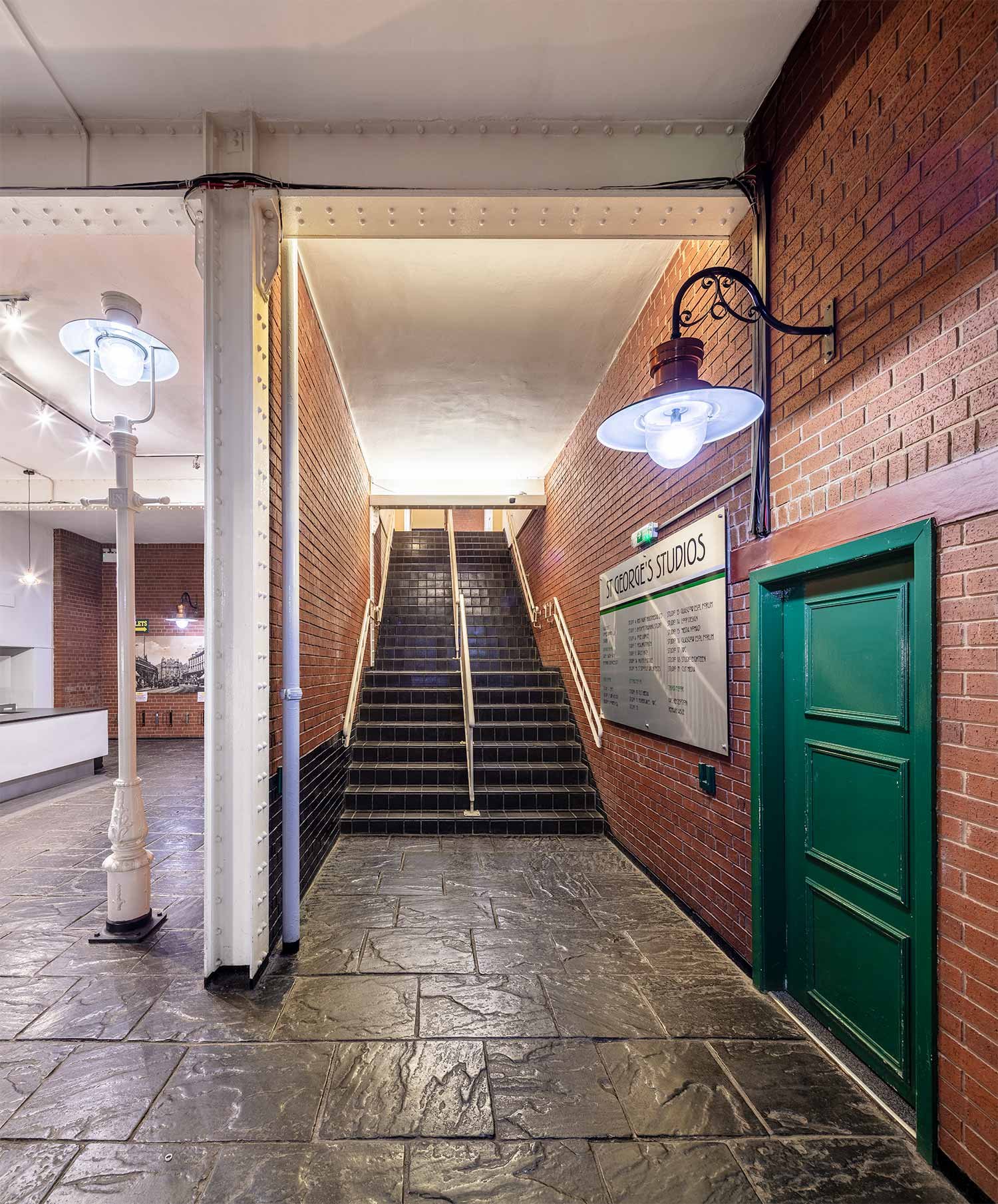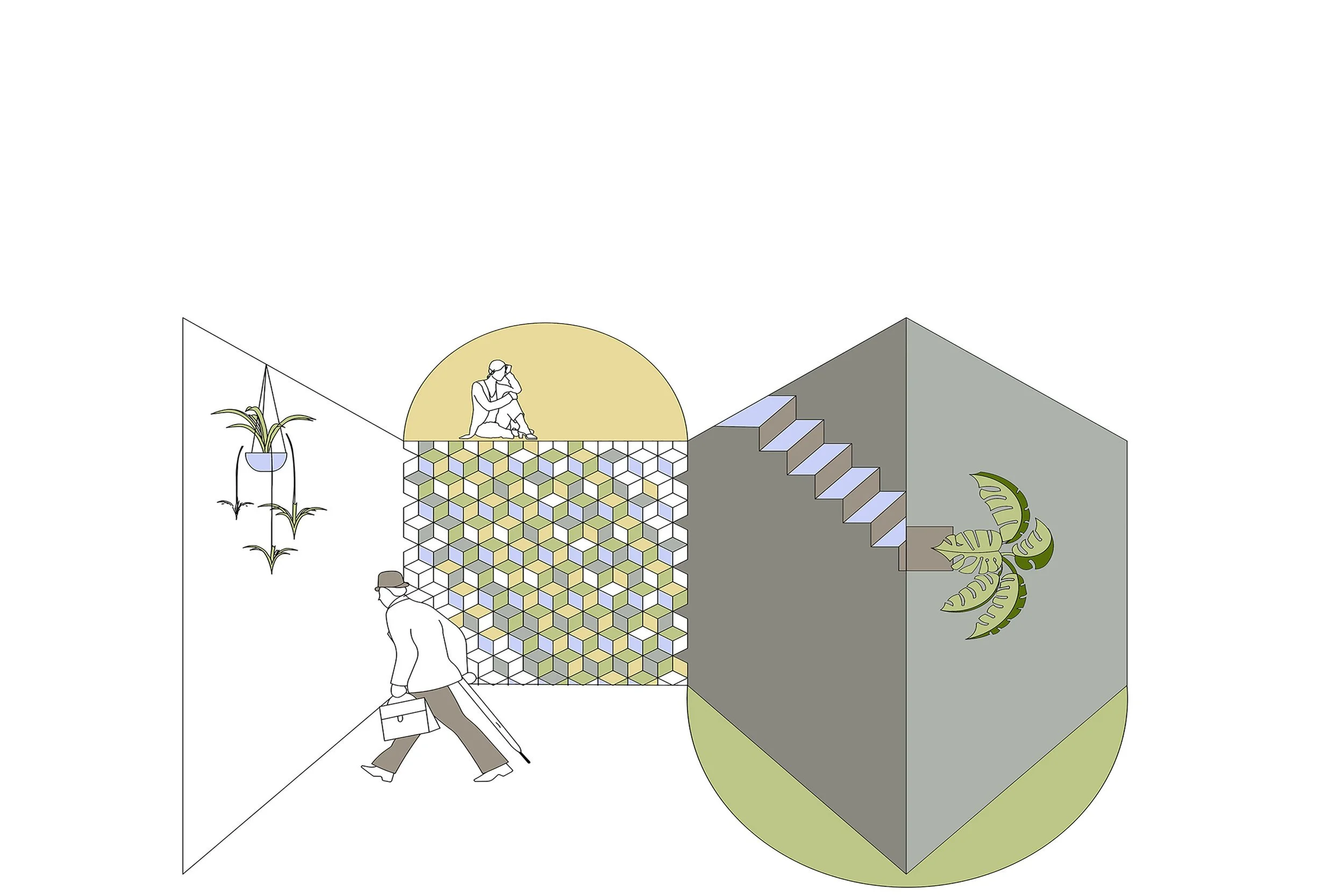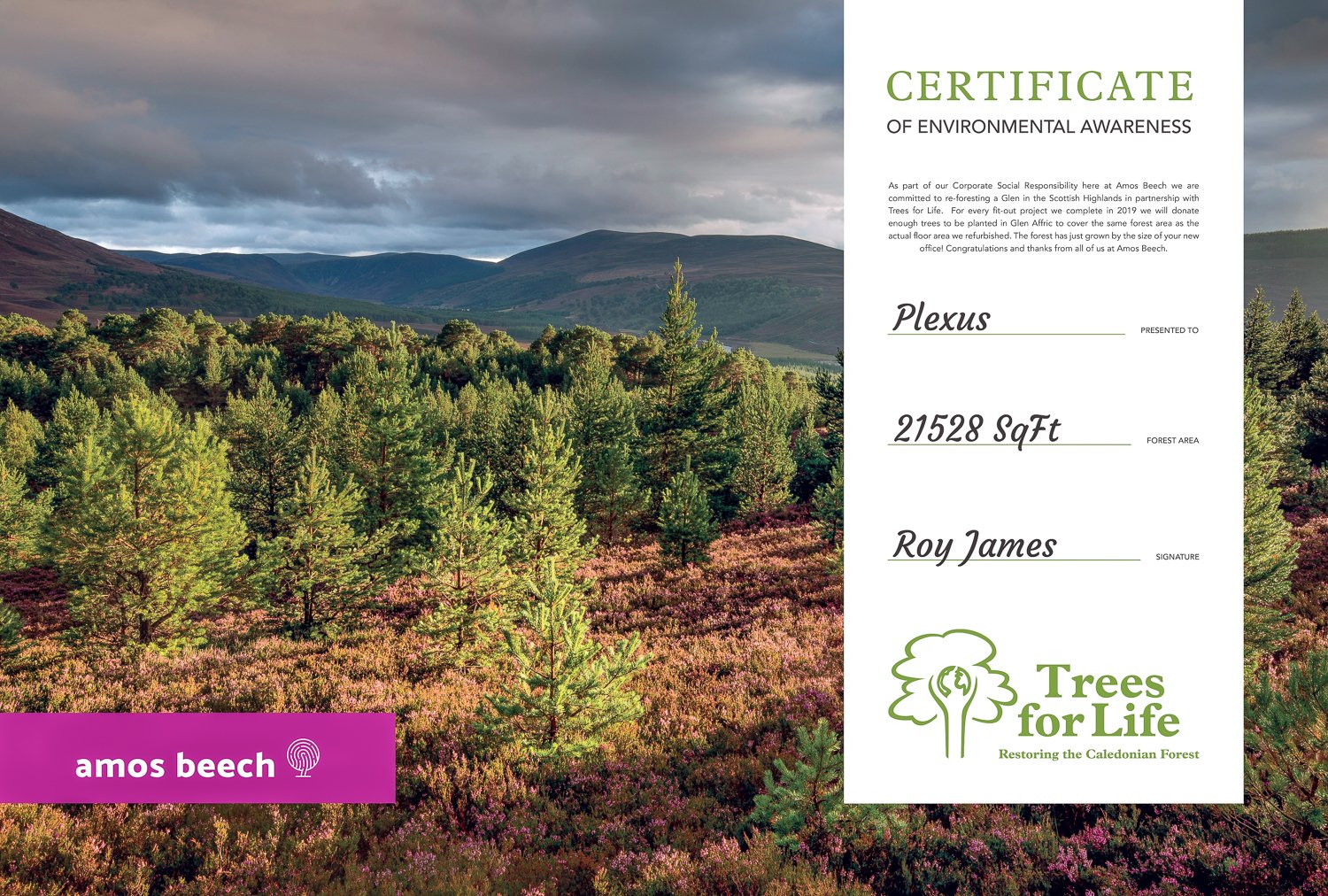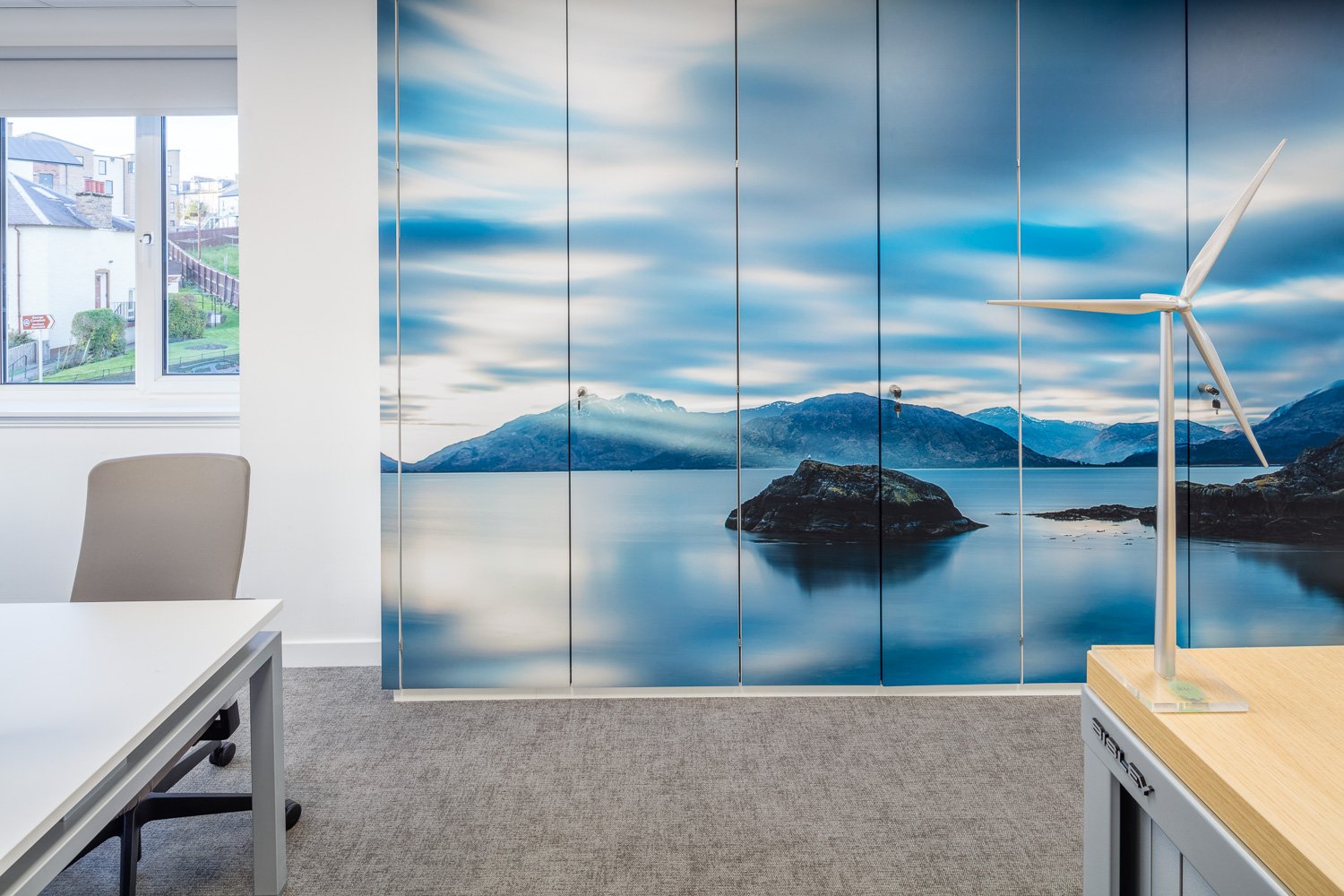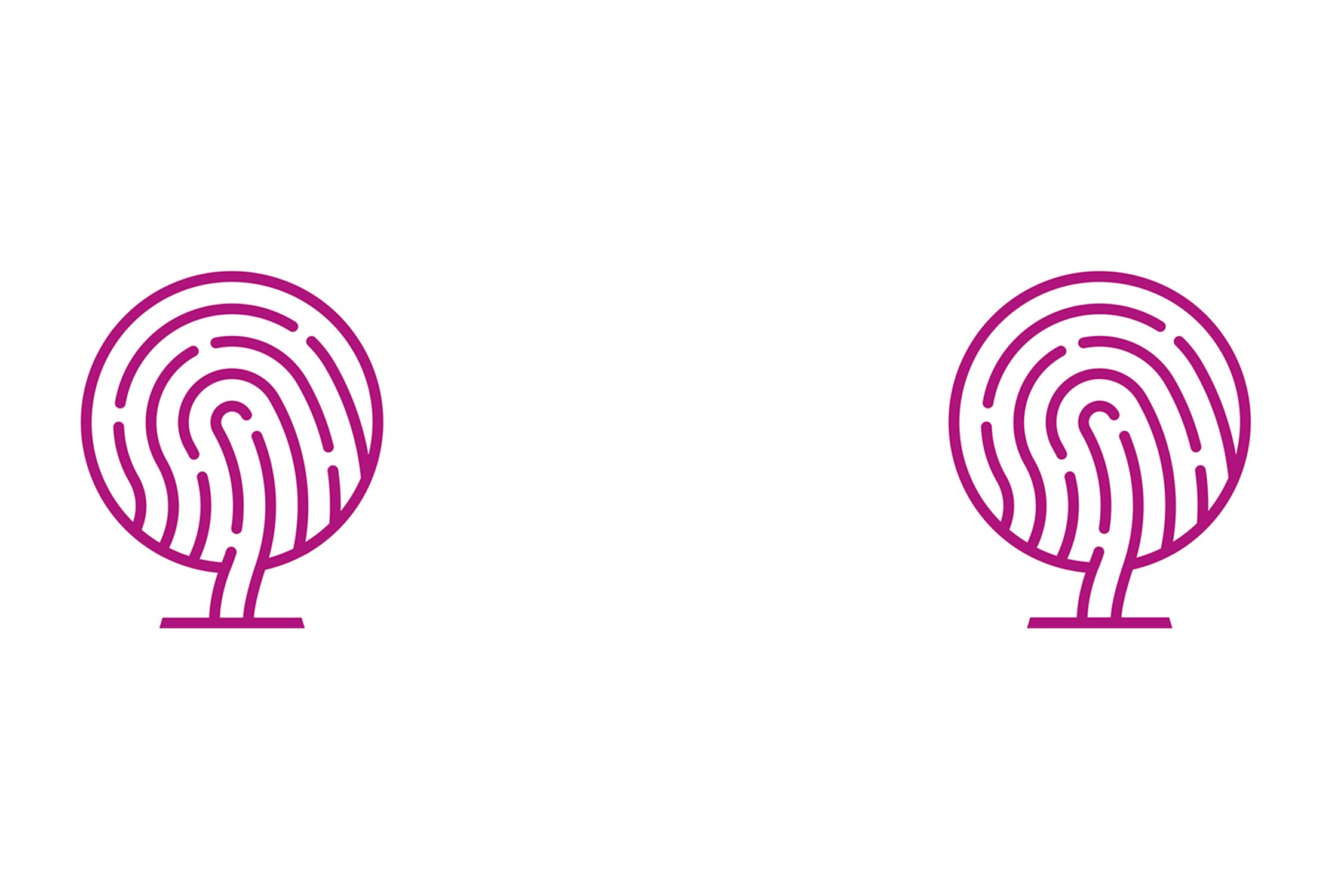Going Agile?
Agile working is probably the most widely discussed ‘new’ method of working.
But what does it really mean?
In a nutshell, going agile is when a company becomes flexible in their approach to work. It’s when they choose to trust their employees instead of keeping them on a strict schedule.
It explores the idea that nobody should spend their whole day at a desk. Thus, you will never find the whole workforce of a company in the office at the same time. Five years ago, it was the work style that revolutionary companies were adopting and that the others would stand and watch in awe.
Agile Working
Agile working has been defined as a tool organisations use to help employees work efficiently and improve productivity. By going agile, employees enjoy the flexibility to work when, how, and where they choose to.
But even with the rising adoption, many still approach agile working with caution. This new trend still continues to raise eyebrows with the conservatives adopting a wait-and-see attitude.
Flexible working is the most controversial form of change. Before you decide on adopting agile working, you should ask yourself some questions:
Would you as an employer allow some of your workforce to work from home or in co-working areas?
How keen are you on micromanagement and what is your work culture?
What are your employees’ preferences?
How do you collect office occupancy data?
Do you want real-time and historic insight?
Don’t worry. We’ll help you answer all of these.
Well start by telling you that through information technology and communication, employees work with fewer constraints and maximum flexibility. This optimises their performance since they work in ways that suit them.
Work, in agile models, is an activity rather than a place. It’s aimed at making organisations efficient, effective, and more responsive. People do not need to be at the same desk all day since they can work where and when they choose. Some tasks don’t even require desks.
Agile working is, however, not a one size fits all concept. Before its implementation, one needs to convince all stakeholders of its benefits. These benefits differ from organisation to organisation, of course. But some of these benefits can be found in almost all agile companies, irrespective of their size and the industry they are in.
Top Benefits of Agile Working
Increased efficiency and productivity
Reduced property costs
Smart workspace utilisation
Reduction of carbon footprint
Reduced fuel and parking cost
Extended business hours without additional costs
You can meet all your customers’ expectations.
You can hire the best talent in the industry
Optimum use of employee skills
Motivates employees who, in turn, are better equipped to innovate
Business continuity is improved since disruptions due to travel problems, bad weather and security are reduced.
Boosts employee performance
Technology advancements have also made it possible and easy for organisations and agile workers to quickly adopt this concept. Applications such as iotspot make it possible to maintain these agile workspaces remotely.
iotspot ensures that your office space is based on actual usage. It ensures that you get smart workplaces that attract the right employees, reduce waste, and significantly bring down costs.
The app benefits both the organisation and its employees by helping them:
1. Find and Book a Workspace
The app allows users to find and book a space that will suit their needs. Whether they want to work at a private booth, have a conference meeting with 5 of their colleagues, or get an unoccupied desk at a place of their choosing, the app makes it possible.
And that's way better than this:
With it, you can occupy a workspace immediately or book in advance. It makes things easier by avoiding overbooking and making sure one finds a free desk even in a busy room. The app uses color to show if space is available (green), reserved or partly available (blue) or occupied (red).
2. Search for Colleagues
The app helps you know where colleagues are. The activity-based working environment that the app provides allows you to make your bookings to suit your needs.
Colleagues are made visible and this makes co-working possible. You can search for free desks together to help you set up a workgroup, share your location with colleagues. If you want a shake-up on a Friday, let the app choose a random desk for you to allow you to network with colleagues you don’t yet know.
3. Real-Time Booking
You do not need to call the reception to make a booking.
No! You can do it on the go. The app goes further and helps you navigate to your booked desk especially if you don’t know the layout of the workspace.
4. Share Workspaces and Charge for Office Usage
Agile working means that people can work from wherever suits them. The app makes this flexibility a reality by offering office sharing and charge per usage options.
It helps show and authorise availability of office locations across, between or within an organisation. This helps reduce commute, usage of facilities and office materials.
5. A Smart Work Environment
iotspot is independent from the IT structure. Your only requirements will be a USB port that makes the workspace available in the app. With this, you get a smart building and can now invite users to get started.
Integrating Agile Working with iotspot
The app can help organisations get insights into how their workspaces are being used. One can tell what desks are popular, which ones are not, and which environment people like to hang out in. From these insights, you can tell whether the agile working model is working for your organisation and whether employees fully understand the concept and benefit from it.
Data collection is done via different methods including movement sensors. These are placed under desks and meeting tables to collect actual usage data.
iotspot can also be used in conjunction with counter sensors and CO2 in meeting rooms to determine what size of a meeting room an organisation needs.
This data is collected anonymously and can be used to drive future workspace decisions and improve workplace environments. This then leads to a happy and productive workforce and savings on corporate and real estate.
This is achieved by allowing employees to choose where they want to work from and at what time through the app. Booking in advance allows for the desks and rooms to be held for workers and if they fail to show up, they become available for someone else. Meeting bookings can also be done in advance using the app calendar, Google calendar or MS Outlook.
Users who are not willing to pre-book can walk in and have the app guide them to an empty space using the Google Maps in the app. The status of the desk then changes from red to green after you check in.
Imagine how much easier the scenario below would have been:
The on-desk device helps to give the desk status by showing whether it’s occupied or not. If you leave the desk, your app sends a message after a stipulated amount of time to confirm if you still need the desk. If you fail to confirm, the desk reverts to free automatically.
The app, with all these amazing functions, helps your organisation implement agile working effortlessly. Desks become free for other people to use and office space is reduced.
Integrating with this agile working app could mean a change in how organisations run their businesses. There are many ideas on how it can be used to revolutionise working spaces in the future. For example, through iotspot, you can automatically free up parking spaces typically reserved spaces for people who are not in the office.
Another development is the introduction of a payment function to those running co-working spaces. With this, they can charge users per usage instead of monthly.
We also see a future where as each iotspot is placed on a workstation, an FM messaging option can be developed to inform the team of any challenges at the workspace. These could include faulty lights and problems with power and screens. This would make solving issues easier since all the information about the specific defect and where it happened would be on the app.
Implementing Agile Working
Agile working implementation should be business-led. It should address both employee and business needs.
To start, find out and understand what your business and employees need. Work with your employees and learn what their ideal work environment is. If you involve them and implement agile practices that add value to them and to your business, you get a productive and loyal workforce.
It’s imperative to also educate the organisation’s leadership on why you need the change and how to implement it. Having them on your side will eliminate any barriers towards the change. Your agile organisation will work better, have an engaged workforce and you will get extra value for your investment.
Conclusion
Research shows that, on average, desk occupancy in most offices is 45-50 percent. This means that, on most days, desks are empty either due to sick leave, holidays, or leaving the office.
Part-time employees, employees who often travel to meetings and conferences and those who work from home also get full-time desks that on most days remain empty. If you do a survey of your office space, you will find that there is no time it’s 100 percent occupied. Space sharing is, therefore, a good thing to consider.
With agile working, you bring people, processes, space, and technology together to offer an appropriate and effective way of completing tasks. People can work without boundaries from anywhere, anytime and this improves productivity. The time to start collaborating and changing the future is now!
The forest has just grown by the size of CitNOW's office!
As part of our Corporate Social Responsibility here at Amos Beech we are committed to re-foresting a Glen in the Scottish Highlands in partnership with Trees for Life. For every fit-out project we complete in 2018 we will plant enough trees to match the actual floor area we have refurbished.
Re-foresting the Scottish Highlands
The forest has just grown by the size of CitNOW's office. 3500 SqFt of trees will be carefully planted in protected sites in the Scottish Highlands where they will create homes for wildlife and forests for the future. The Caledonian Forest is one of our most important forest ecosystems, providing a home for spectacular wildlife, it is severely fragmented, and in many places consists entirely of old trees. Trees for Life is working to expand and link these ancient pinewoods.
Images by Trees for Life, Graphic Design by Sinds77
We take our responsibility seriously, not just in relation to our customer performance but also in relation to the environment. For this reason we have started our own grove in 2017.
CitNOW office launch party
The team here @amosbeech were lucky enough to be invited to the office launch party at the 'Codebase Penthouse' in Stirling on Tuesday evening, an excellent opportunity to present the certificate:
Image by Robert Fyfe CitNOW
We thank CitNoW for the great evening and exotic beers, some of which were brewed in Alva near Stirling, alongside some 'Triples' from Belgium:) Not to forget the great Pizzas from award winning Napizza in Stirling.
You can plant a tree yourself!
We encourage you to plant a tree yourself, please visit our grove by clicking on the image below and follow the instructions. It is easy enough and it's only a fiver! (update 14-06-2018: a sixer now..:)
For more information about our tree planting scheme, click on the button below:
Amos Beech – improving every environment we touch
A little trip to Actiu in Castalla Spain
What a brilliant idea that was! When we were brainstorming about a suitable location to film a particular scene for our new company video, someone here in the office (sorry Sam that you were too busy to go yourself:) suggested to ask the lovely people of furniture designers and manufacturers Actiu if we could do that in their offices and gardens.
The particular scene was dependent on good weather and although we love it up here in Scotland the weather is, in fairness, hard to predict..
Castalla has a lot in common with Scotland. It reminded us of Stirling but then in the colour beige.
Actiu, always on the move
Always on the movie? Not quite, but when it comes to visual appeal we here at Amos Beech in Scotland had to include them in our little film. The visual appeal doesn't only apply to their products though:
Architecture and sustainability at the technology park in Castalla
You don't suddenly wake up and start producing stunning design furniture. You live it and breath it and when you look at Actiu, they certainly do! It therefore doesn't come as a surprise to us that Vicent Berbegal, the president and founder of Actiu, has been awarded 'European Entrepreneur of the Year 2017' at the European Business Awards (EBA) ceremony, during a gala in Dubrovnik (Croatia). We have seen many factories, showrooms and offices over the years, but Actiu is certainly up there with the best. The design of the Actiu Technology Park, created by José María Tomás LLavador, was based on sustainability and the self-sufficient use of natural resources right from the outset. Rain water is collected from the roofs and stored in cisterns for irrigation and industrial use. It is also worth mentioning that Actiu is in fact an energy plant as it supplies 6 times more electricity into the grid than it needs itself.
Biophilia
Biophilic interior design (meaning love of nature) focuses on mans' innate attraction to nature and natural processes and brings elements of nature into the built environment. We have used this in our designs a couple of times and are currently working on a stunning idea for one of our clients (watch this space!). Actiu however, is at the forefront of it in their own offices:
One of the indoor gardens at Actiu
Biophilia suggests that we all have a genetic connection to the natural world built up through hundreds of thousands of years of living in agrarian settings. It is a term popularized by American psychologist Edward O Wilson in the 1980’s, when he observed how increasing rates of urbanisation were leading to a disconnection with the natural world. Biophilia is of ever increasing importance to our health and well-being in the built environment.
Our film
We are sort of halfway through the making of the Amos Beech video and can't reveal it just yet, as only the final end result can communicate what it is supposed to do. In that sense it is a bit like an interior fit out project:)
The film crew from Iris Media discussing and finalising the shots
(the film will feature two of Actiu's stars Christina and David)
The Amos Beech film will explain what we as an interior design, fit-out and furniture company are about, using what a colleague here in the office calls 'moving stills'. All of this in the attention span of an average internet user...
Serious stuff!
Careful planning and advice by the Actiu team meant that we were saved from the real burn that was expected shortly after midday.
Text on the wall outside the company gym @actiu
We tend to underestimate the power and heat of the sun. Some of us even set of to Castalla without suncream, shorts and slippers!
Actiu: Thank you very much!
Update: we have now (27-06-2018) launched our videos! You can see them here:
All Images by Photographer Zwolle


